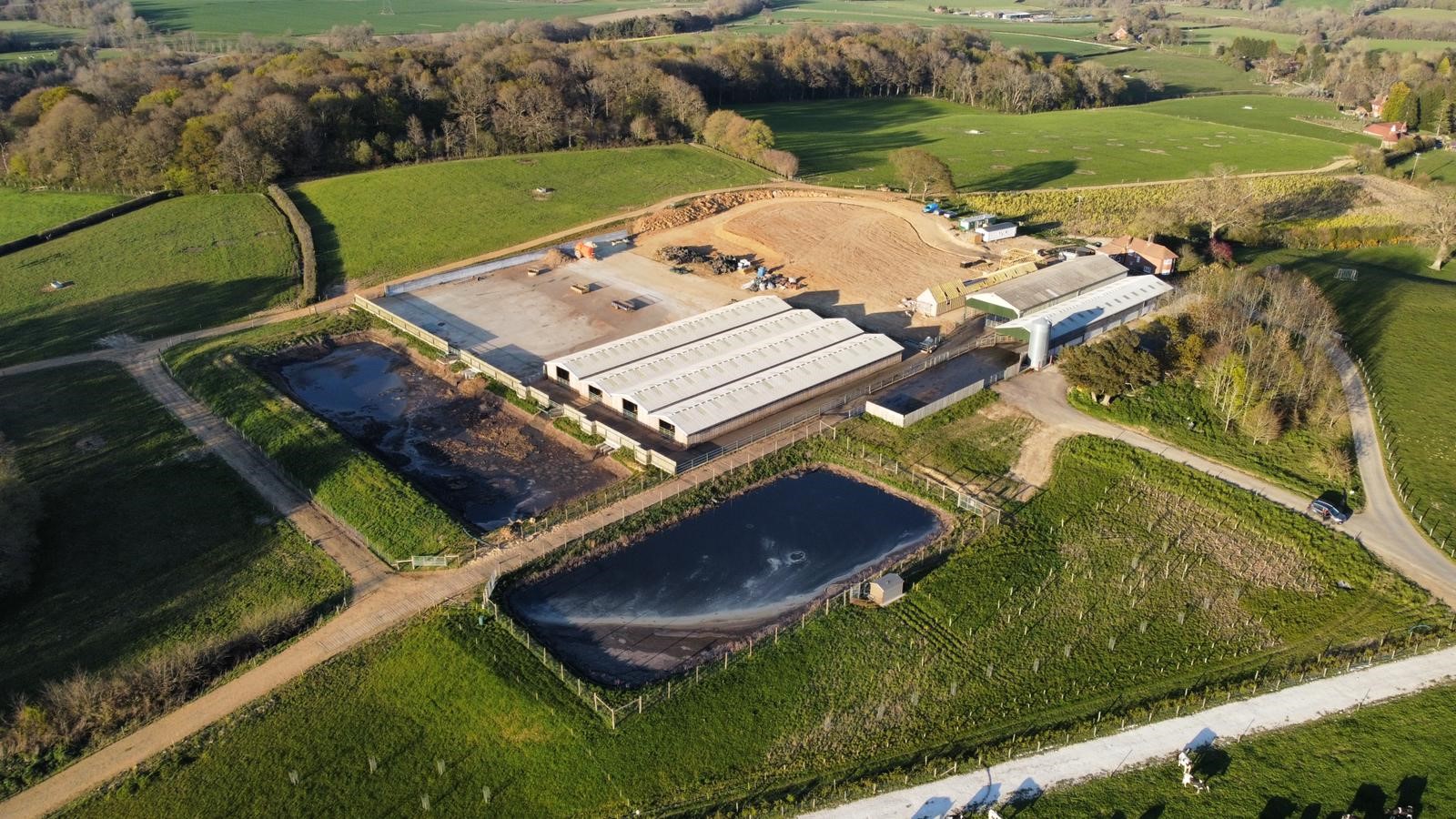- Home
- Knowledge library
- Arable conversion top tips
Arable conversion top tips
Converting an arable farm to a milking platform is an ideal opportunity to set up the perfect grazing infrastructure.
Apart from hungry land, other factors to consider include:
- Managing open swards to avoid poaching
- Allowing a big budget to cover basics such as boundary fences and water
- Being aware of residual compaction issues from previous arable crops
East Sussex-based unit manager, Matt Hill, is now three years into such a conversion, working for Sutton Hall Farms’ farmer contractor James Wallis. While he has enjoyed the challenge of starting a 300-cow autumn-block herd from scratch, Matt says there hasn’t been a pain-free season so far: “It’s been a bit tight. We’ve not had a solidly good season and never had consistent grass growth,” he explains. “Setting up the paddocks, we still had to go around obstacles such as hedges, ditches, cover crops and woods for the estate shoot. Plus, cross a 250 m private drive to get to the parlour and buildings.
“Maize was grown in the transition, and then some cut ‘n’ graze mixes drilled – they were a bit eclectic as there is cocksfoot and a belt of Timothy on the platform! These new leys haven’t tillered much, and depleted soils are hard work; they have had muck, but you can certainly see the hungry ground.”
Grass yields were 6.6 t DM/ha in 2019–20, with the best growing over 10 t DM/ha and maximum growth rates hitting 97 kg DM/ha. However, Matt is confident that rain plus rotational grazing will boost these yields over time. Dirty water is now being spread on the platform, it has been limed, and the cows are doing their bit for organic matter: “We found dung beetles last year,” he adds.
“You’ve got to think about what you are doing, though, as you don’t want to trash a reseed and affect soil structure,” he points out. “It is still an open sward and, to avoid poaching, I started the 2019 season with on-off grazing to build a wedge. This year, March was really wet, and we sent cows out in all sorts of ways, making temporary lanes, cutting fences and having a minimum of three gateways to a paddock.”
Matt already identifes his best and worst paddocks using Agrinet, but says it is still trial and error in getting to know the ground. “Sandstone runs through the centre of it and there is some heavy clay. One year I tried to calve on what turned out to be our wettest paddock. I take a spade on my grass walk and dig holes to look at soil structure.”
If he were to start again, Matt would use New Zealand-grazing style flexible fencing to create paddocks where cows can walk under wire. He would also drill a broader herbal leys mix for a dry area to benefit from deep-rooting plants and better soil structure.
For anyone thinking about an arable conversion, he says that cow flow is vital and shouldn’t be compromised. “Design it to be cow and user friendly. And realise that starting from scratch, you have nothing that you find on a typical dairy farm: no spanners, no office for paperwork, no boundary fencing or water. It is expensive.”
Milking platform stats:
- 758 mm average rainfall
- First milking October 2018
- 300 cows autumn block-calving herd
- 130 followers reared off-site
- Outlying land for dry cows
- 113 ha farm including 75 ha milking platform
- 304 cow kennels
- 24/48 parlour
- Sheds central to the platform; cows walk 1.5 km max
- 28 paddocks, 3.5 km of new, chalk-based tracks
- Borehole; 50 mm ring main, 32 mm risers to the troughs
- Turnout mid-February, housing towards the end of October
- Cows average 7,600 kg/head, 600 kgMS/head


